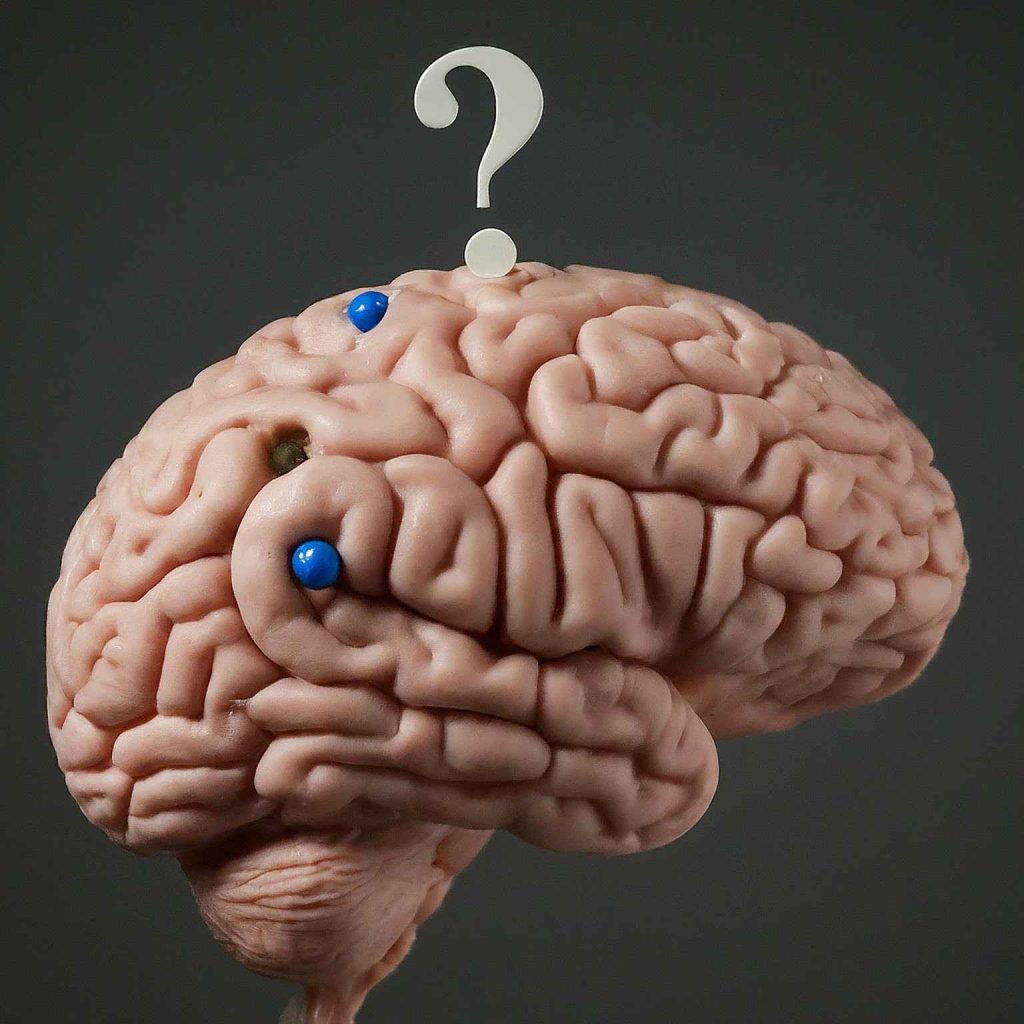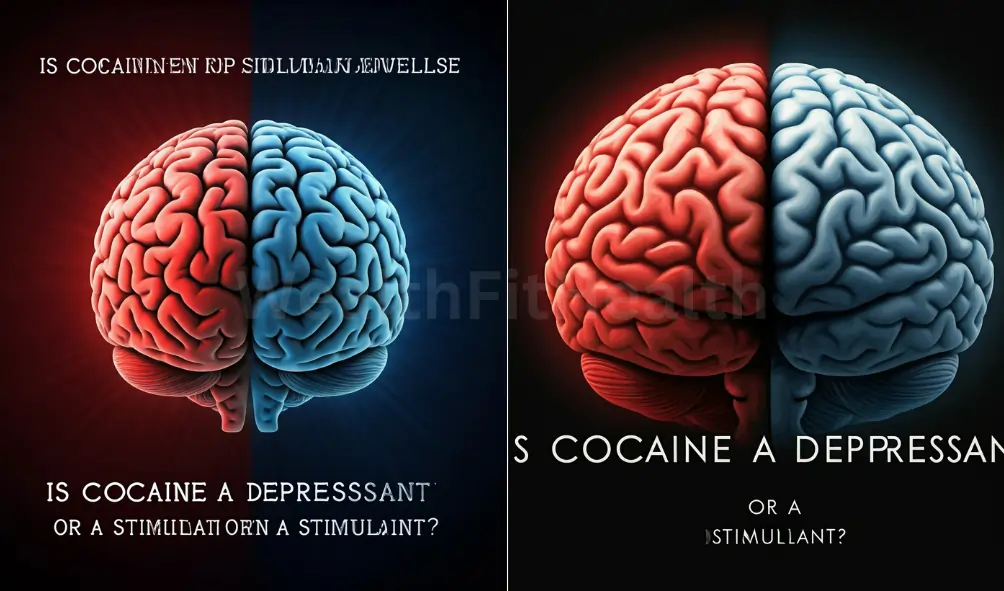Is Cocaine a Depressant or a Stimulant?
The Dual Nature of Cocaine: Stimulant or Depressant?
Cocaine is one of the strongest available drugs in the world and is considered a very interesting topic amongst scientists, doctors, and the general masses. It has such immense action in the human body and the human mind that its argument is considered highly researched. The present paper is going to discuss whether cocaine is a stimulant or depressant by exploring the pharmacological effects of the drug in terms of the central nervous system and its chronic impacts on the health of mankind.
Cocaine Cocaine is an alkaloid substance found in nature in the coca plant, which grows in South America hence it is of natural origin. People conventionally belonging to this region use coca leaves conventionally because of their exciting action mainly against fatigue and appetite.
However, it was in the late 19th and early 20th century that it started to be produced synthetically and utilized widely in several medical and non-medical uses that it acquired its classification as a controlled substance as it had a high abuse and addiction potential.
Cocaine as a Stimulant – In pharmacologic terms, cocaine is known to be included in the category of stimulants. Generally, a stimulant is referred to as a chemical substance that accelerates the functional activity of the central nervous system to produce alertness, both physical and mental- and heightened sensory awareness. Cocaine primarily causes this effect through action on the neurotransmitter dopamine, which plays a huge role in the pleasure, motivation, and reward systems in the brain.
The ingested cocaine blocks dopamine transporters in the brain; thus, it cannot take up the dopamine back. It, therefore, accumulates at the synaptic cleft of the neuron, thus creating a stronger and longer-lasting dopaminergic signal. Accompanying energy heightening and sociability increased activity characteristics typical of cocaine use.
It is also cocaine is a symptom emetic drug. The term sympathomimetic drug means a drug that mimics the actions of the sympathetic nervous system; the physiological effects of such stimulation include increased heart rate, blood pressure, and dilated pupils.
Most users prefer cocaine because of its stimulant effects, which give them an increase in their sense of well-being, aside from the temporary boost to their mental and physical performance. These, however, are highly deleterious to users, bringing with them high risks of addiction, cardiovascular complications, and mental health disturbances.

Is Cocaine a Depressant
Although cocaine is listed as a stimulant, it has some depressant-like properties, especially during the comedown or after chronic use. By definition, a depressant is any drug that reduces overall activity in the CNS, thereby lowering arousal, relaxing, and sedating the organism in question. Though cocaine may have an activating effect on the CNS, depressive consequences can arise during the descending phase of the drug action or following dependence.
In this comedown stage, depressant-like symptoms may become prevalent in users, such as lethargy, irritability, and dysphoria. This stage might have been further marked by a “crash”, where mood and energy levels just have plunged. This is partly due to the brain’s adaptation from the sudden stop of the heightened dopamine levels that cocaine causes.
Long-term exposure to cocaine also causes permanent neurochemical and functional changes in the brain, which raises the cause of mood disorders such as depression and anxiety.
The Dual Nature of Cocaine
Such is the duality of cocaine: all at once a stimulant and depressant. The balancing scales of its action lean first to stimulation, energizing one with euphoria. The after-effects of the drug could just be the opposite: a low-energy condition coupled with mood swings and depressive symptoms. Most of this overall stimulant effect of cocaine can be attributed to its action on neurotransmitter systems that utilize dopamine, norepinephrine, and serotonin. In contrast, the depressive properties manifest through abstinence or chronic use are results of alterations in brain function to continually adapt to the overstimulation provided by the drug. The shift of drug action from stimulation to depression reflects a change in the body’s effort to maintain homeostasis or balance in the face of constantly present cocaine.
Risks and Consequences
There are equally serious depressant effects to that of the stimulant action of cocaine. Not only does the stimulating action on the heart and blood vessels associate even acute use of cocaine with severe cardiovascular complications, but there are also leading causes of heart attacks and strokes. Chronic cardiovascular disease, respiratory complications, and neurological impairments are possible long-term health consequences. Besides this, the psychological effects of the use of cocaine are deep. These periods of high euphoria and energy drive an individual to develop risky behaviors and make bad choices. Comedown and depression may emerge when one starts feeling changes; an individual might be more prone to developing serious mental conditions such as depression, anxiety, and paranoia.
Conclusion
Cocaine, by its effects on the central nervous system and more specifically neurotransmitters such as dopamine, is predominantly known to be a stimulant. The initial euphoric and stimulating effects of the drug are quite akin to those of a stimulant. However, this one-dimensional action does not remain so for too long. Essentially, depressive symptoms on comedown or with chronic use reflect the complex pharmacological profile of the drug concerning its profound effects on mental and physical health. Such duality inherent in cocaine will provide a wholesome comprehension of the after-effects and further risks involved in using the drug. While the stimulant action of the drug may be used occasionally for temporary energetic and mood boosts, the depressive effects thereafter, added to the long-term health consequences, make it indeed a powerful and potentially destructive drug.
